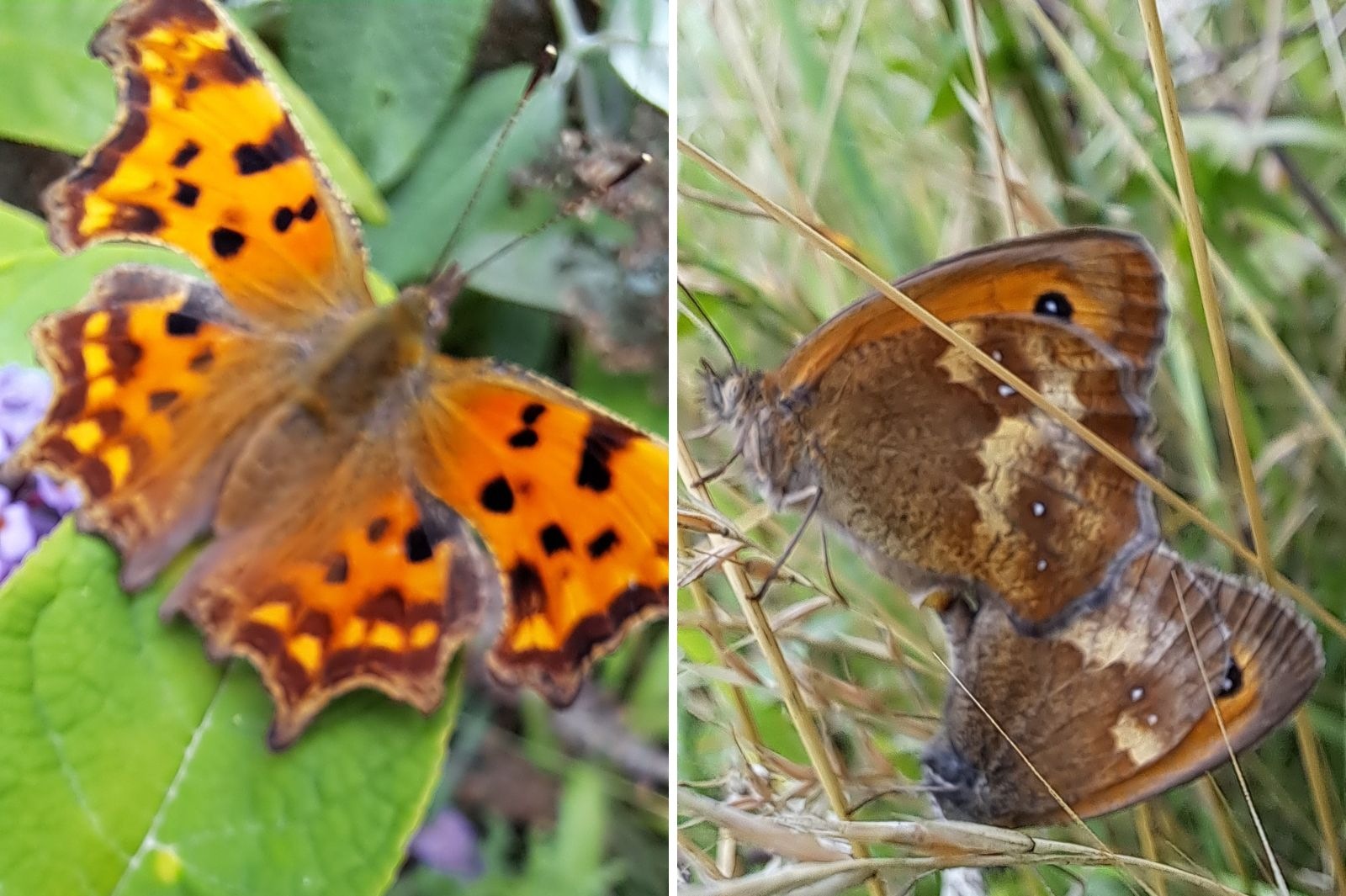Butterfly survey reveals healthy wildlife habitats at Waterside
Date 9.08.2023

Waterside is ‘all of a flutter’ with nine species of butterflies – a key indicator of a rich and varied environment – spotted during the latest University ecology survey.
Butterflies are an important ‘brick’ in the ecological ‘wall’; their presence indicates a healthy environment. Areas with abundant butterflies and moths tend to be rich in other invertebrates. Collectively they provide many environmental benefits, including pollination and natural pest control*.
As prey for birds, bats, and other insect-eating animals, butterflies and moths are also a vital part of the food chain.
The most recent butterfly survey was carried out on 19 July and species spotted include Gatekeepers, the Painted Lady, Peacock, and Red Admirals*.
Dr Janet Jackson, Senior Lecturer in Environmental Science, carried out the survey in collaboration with the University’s Environment and Sustainability team. She says: “Our butterfly survey provides more evidence of how important our green and pleasant campus is to the local environment. As well as being lovely to look at butterflies form a crucial part of a healthy ecological system.
“With our survey we found Gatekeepers were numerous and located in several places around campus, and other species tended congregate to the east of the campus where there is taller vegetation. These areas may look messy and untidy, but such ‘wild’ patches are important in helping different species of insects to thrive.
“When you’re next at Waterside, please take a moment to look at your surroundings. You should be pleasantly surprised at the beauty and wonder of our campus.”
*From Butterfly Conservation. The full list of butterflies surveyed at Waterside is:
- Comma
- Gatekeeper
- Large and Small White
- Painted Lady
- Peacock
- Red Admiral
- Small Skipper
- Small Blue.